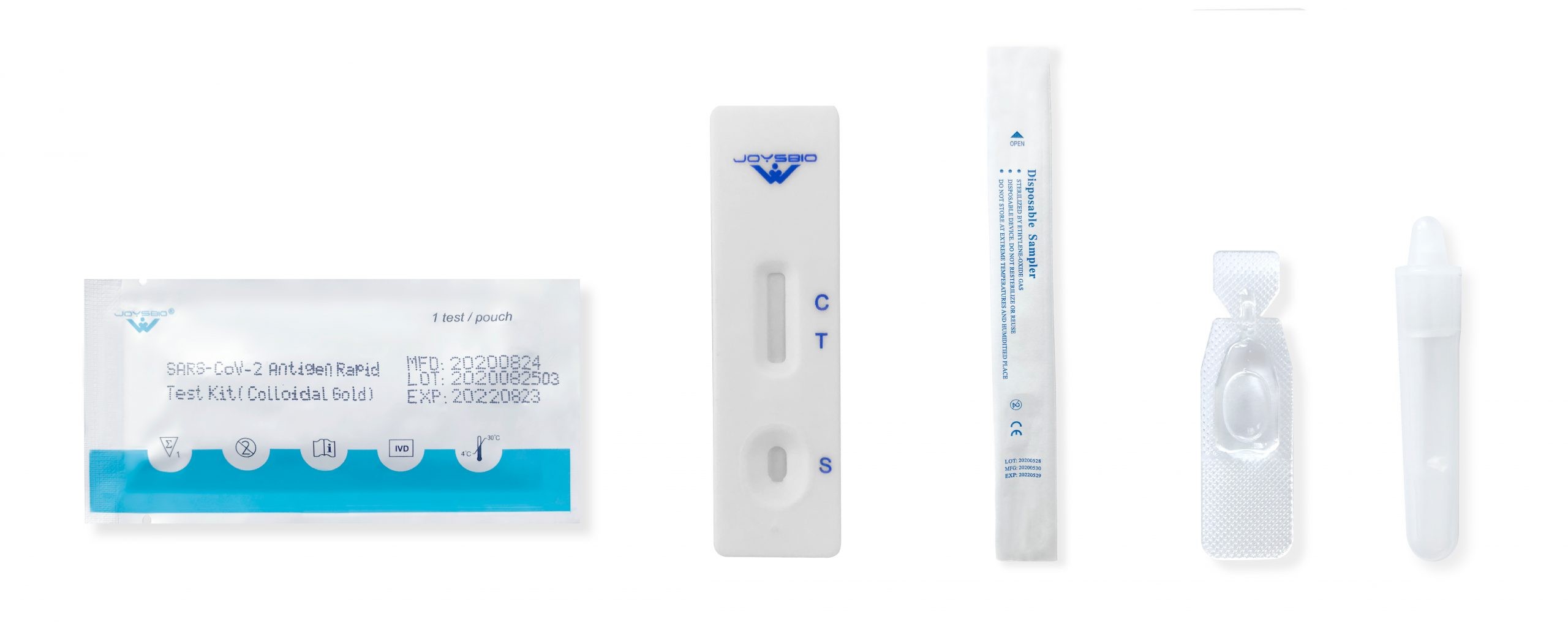
Since March earlier this year, many of us have been living somewhat isolated, quarantined, and unlike never before. COVID-19, a strand of the coronavirus, is a global pandemic affecting countries such as Italy, the United Kingdom, the United States, Spain, and China, amongst others.
Some countries’ efforts to slow the spread of the virus, such as New Zealand, were stronger toward the beginning of the outbreak than other countries, such as the UK and the US. Currently, despite an initial decline in cases in most European countries, cases are beginning to rise at a rapid rate. This is forcing the hand of the government to enforce new restrictions, such as bars and restaurants closing, working from home, and minimizing social interaction with others.
The problem here, however, is knowing who has and who doesn’t have the virus. Despite initial efforts to contain the spread, numbers are once again rising – mainly as some carriers are asymptomatic (they can spread the virus but do not experience any symptoms).
If the spread of the virus and introduction of new restrictions is to continue, then we’re in for a rough winter, especially with flu also in circulation. So, what are countries doing in an effort to stop the spread?
This article will discuss the COVID-19 rapid antigen test; what they are, how they are used, and the response from various European countries.
COVID-19 rapid antigen tests
Countries such as the United States and Canada are purchasing millions of rapid antigen test kits, in an effort to mass test individuals, finding out who has and who doesn’t have the virus at a rapid rate to contain the spread.
The rapid antigen tests analyze for specific proteins associated with the SARS-COV-2. The test is taken via a nasopharyngeal (NP) or nasal (NS) swab, with results available in minutes, as opposed to hours or days when using other methods.
This COVID-19 antigen rapid test is less sensitive than the gold-standard RT-PCR test, but provide a quick turn around time to identify the SARS-COV-2 infection during the acute infectious phase. The most common error with rapid antigen testing happens during upper respiratory sample collection. For this reason, it is recommended to have healthcare professionals to administer the test.
Testing methods, such as the COVID-19 rapid antigen test are being widely implemented by different counties, not just the United States and Canada. For example, in Switzerland, where cases are rising rapidly, they are considering implementing rapid antigen testing into their nationwide effort to beat the virus. Similarly, Germany has secured nine-million tests, allowing them to effectively test 10% of its entire population. If successful, we could see more tests ordered in a full-blown attempt to subdue the virus for good.
Where are rapid antigen tests used?
As previously discussed, the main benefit of rapid antigen tests over other testing methods is the quick turn around time of the results. Instead of waiting several hours or days, results are available in minutes. This makes the testing method ideal for numerous environments and situations, for example, allowing people to go back to work, testing neighbourhoods with a high infection rate, and in theory, testing a significant portion of an entire countries population.
Also, antigen testing is an excellent method of screening before flights, in and out of different countries. Instead of placing people in quarantine upon arriving in a new country, they can be tested immediately, allowing them to resume their everyday lives, unless, of course, they tested positive.
Different approaches by various European countries
The United Kingdom, like other countries in Europe, are also beginning to follow suit. According to an article from the Guardian, Heathrow airport is now offering antigen tests for passengers travelling to Hong Kong. These tests will cost £80 with results available in as little as one hour. However, these tests must be pre-ordered before arriving at the airport, and passengers who test positive will be unable to fly.
If this method of rapid antigen testing is effective in Heathrow for flights to Hong Kong, we can likely expect this to be implemented for flights to other countries, perhaps those with high infection rates such as Italy, Spain, and the United States. This would reduce quarantine time when travelling between countries, separating those who test positive and negative, containing the virus effectively.
In Germany, Gerard Krause, the epidemiology department director at Helmholtz for Infection research suggests low priority patients be screened with a rapid antigen test, with PCR tests left for those who are displaying symptoms. This method of testing saves more accurate tests for those who need them most, whilst still testing a large capacity of people in general.
In the United States, the UK, and other countries, when the pandemic first hit many travellers quickly became frustrated at the slow screening process of PCR testing. People had to quarantine before and after travel, and results were unavailable in some cases for up to a few days. However, with the introduction of antigen tests, results are now available in as little as 15 minutes – fast-tracking the process and allowing people to resume their everyday lives with little interruption.
To conclude
The COVID-19 rapid antigen test is becoming more and more popular across European countries. Unlike other testing methods, such as PCR, antigen tests are rapid, producing results in as little as 15 minutes, sometimes quicker.
Countries such as Germany, Switzerland, Italy, and the United States have already ordered millions of antigen tests. This new testing method is being used in an attempt to slow the spread of the virus, testing masses of people to detect who currently has the virus and who does not. We will likely see more countries follow suit.
More countries will implement COVID-19 rapid antigen tests in the next few months, perhaps an effective method of living with the virus until a vaccine is discovered and mass-produced.

